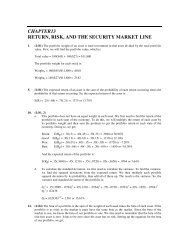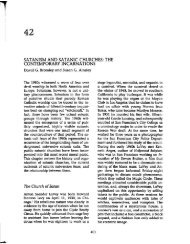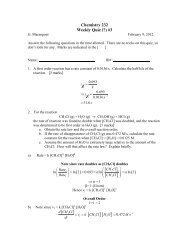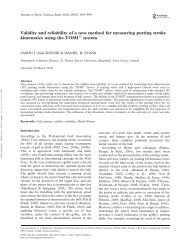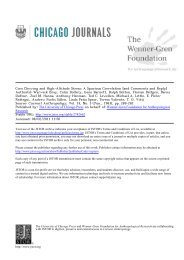ÉTIENNE GILSON AND THE ACTUS ESSENDI
ÉTIENNE GILSON AND THE ACTUS ESSENDI
ÉTIENNE GILSON AND THE ACTUS ESSENDI
Create successful ePaper yourself
Turn your PDF publications into a flip-book with our unique Google optimized e-Paper software.
Dewan: Gilson and the actus essendi<br />
efficient causality, it is of course true that nothing is the cause of itself; 41 in that<br />
sense “no essence is the cause of its own existence.” However, from that it does<br />
not follow that whatever has an essence and exists must exist by virtue of an<br />
external cause. The real distinction certainly does not follow from “no essence<br />
is the cause of its own existence.” The truth is that to prove the real distinction,<br />
one begins with a thing’s being caused (as by an efficient cause). The distinction<br />
can be proved from caused substance, but not from substance as substance or<br />
essence as essence.<br />
Well, then, what are we to make of this statement:<br />
... but no one has ever been able to demonstrate the conclusion that, in a CAUSED<br />
SUBSTANCE, existence is a distinct element, other than essence, and its act... ?<br />
The italics and caps, of course, are mine. Let us note, first, that Gilson is at odds<br />
with Thomas on the point.<br />
Here, for an understanding of Gilson’s difficulty, I interject some<br />
considerations of Gilson’s criticism of Cajetan concerning essence and existence<br />
(published in 1953). They help to see why Gilson has so much trouble with<br />
demonstrations of the distinction. The reason is that he thinks of esse as<br />
something other than the actual existence of the essence (which actual existence<br />
he identifies with the essence). The true doctrine, I maintain, is that the actually<br />
existent essence is other than its own actual existence: and that can be<br />
demonstrated.<br />
Let me begin with a teaching presented by Capreolus, Thomas’s 15 th century<br />
expositor, “the Prince of Thomists” (d. 1444):<br />
... esse ought not to be conceived in the role of [per modum] something HAVING reality<br />
or esse, nor in the role of a PRINCIPLE of esse or of a being [entis], but in the role of<br />
<strong>THE</strong> DISPOSITION <strong>AND</strong> <strong>THE</strong> ACT of a being inasmuch as it is a being. 42<br />
Gilson, in a paper criticizing Cajetan for having neglected, or even replaced with<br />
something else, Thomas’s doctrine of esse, 43 held that if by “esse” one means the<br />
actual existence of the essence, that can only be identical with the essence. Gilson<br />
saw in the esse of St. Thomas something other than actual existence, it would<br />
seem. We read:<br />
Saint Thomas, as far as we know, has never introduced a distinction or a real<br />
composition between the essence, and, when it exists, its “being of actual existence.”<br />
41 Cf. ST 1.39.2.ad 5: a thing can be formal cause of itself, as happens with immaterial<br />
beings, but nothing can be efficient cause of itself.<br />
42 He says:<br />
... Esse enim non debet concipi per modum alicujus habentis realitatem vel esse, nec<br />
per modum principii essendi vel entis, sed per modum dispositionis et actus entis in<br />
quantum ens. (Defensiones t. I, 328a)<br />
43 Étienne Gilson, “Cajétan et l’existence,” Tijdschrift voor Philosophie, 15e jaargang,<br />
1953, pp. 267-286.<br />
85



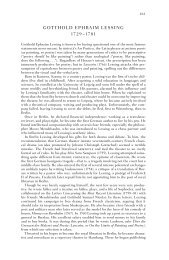

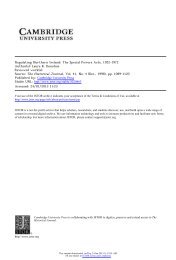

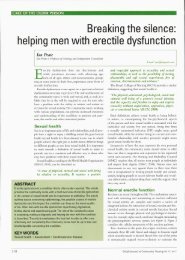
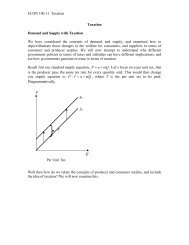
![The Rink - Cyril Dabydeen[1].pdf](https://img.yumpu.com/21946808/1/155x260/the-rink-cyril-dabydeen1pdf.jpg?quality=85)

